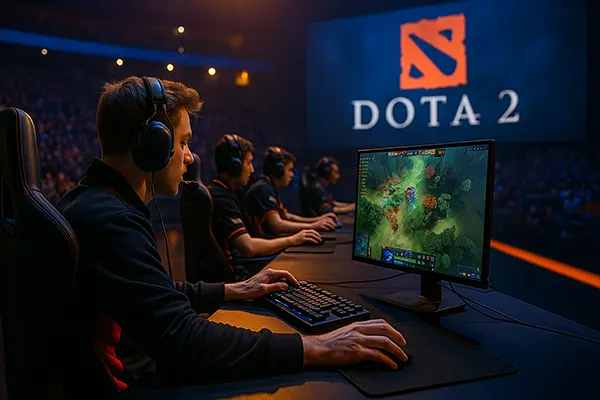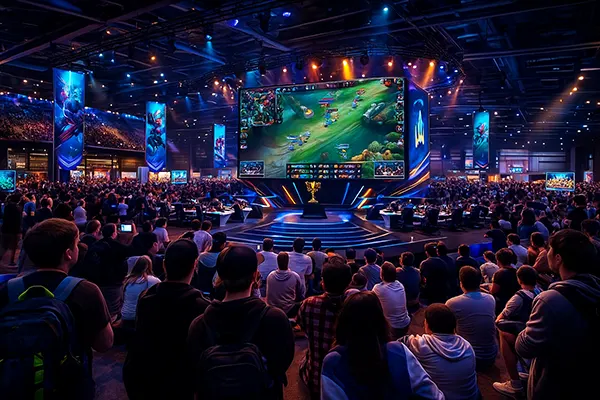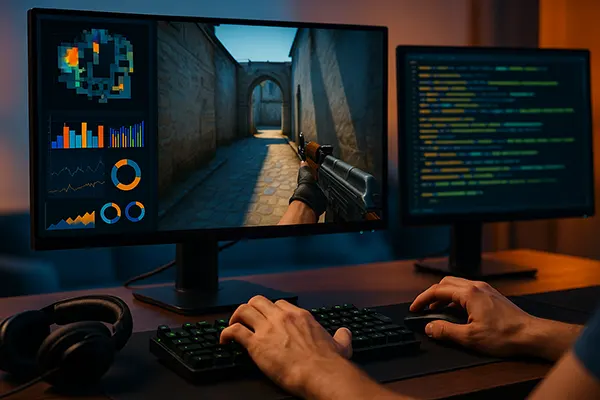Women in Dota 2: The Struggle for Tier 1 Recognition
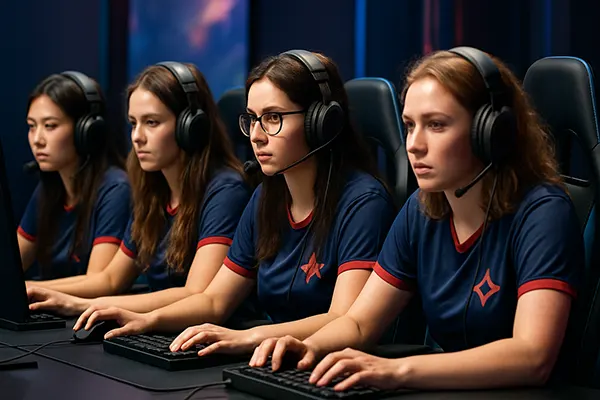
Although the world of Dota 2 is renowned for its complexity and global reach, women have long remained on its periphery. The scene is heavily dominated by male players, with female teams rarely making it past regional qualifiers. In 2025, the situation has improved in some areas, but top-tier female representation remains minimal. Understanding the dynamics behind this imbalance requires a closer look at social, structural, and organisational barriers that continue to hold women back in professional esports.
Current Female Rosters and Their Place in the Scene
Despite Dota 2’s massive popularity, all-female rosters remain rare. A few organisations, like Aster.Aries.Female, ODDIK Angels, and B8 Women, are active in regional tournaments, mostly within Europe, Southeast Asia, and South America. Their presence, however, is often limited to lower-tier competitions, with minimal exposure on larger stages like The International or DPC Majors.
These teams often rely on grassroots support and local sponsorships, facing difficulties in securing long-term contracts or major brand deals. Resources such as coaching, analytics, and bootcamping, crucial for progress in modern esports, are generally less accessible to them. The contrast in infrastructure and support between male and female teams is stark.
Moreover, their games receive significantly less broadcast attention and media coverage, which hinders the development of fanbases. Without visibility, female rosters struggle to generate the same momentum as their male counterparts, creating a cycle of low investment and low performance.
Main Challenges Facing Female Teams Today
The path to Tier 1 for women is blocked by more than just performance gaps. A persistent issue is the internal culture of the game’s community. From ranked matches to professional streams, women often report verbal abuse, gatekeeping, and exclusion. This toxicity drives many away before they ever get the chance to join a team or compete professionally.
Another critical factor is the lack of role models. With very few women in top-tier Dota 2, aspiring female players often struggle to visualise a future in the scene. In contrast, male players have decades of history and hundreds of successful figures to look up to, which naturally encourages more participation.
Finally, industry gatekeeping—whether intentional or systemic—often limits the scouting and promotion of female talent. Without dedicated initiatives or mixed-gender developmental programmes, many promising players remain undiscovered or underdeveloped.
Are There Viable Paths to Tier 1 for Women?
There are signs of change emerging. Some tournament organisers have introduced mixed-gender tournaments or female-only circuits to encourage participation. While these events are not yet mainstream, they provide invaluable match experience and media exposure. One notable example in 2024 was the “Dota Valkyrie Series”, which featured several international female teams and drew attention from major sponsors.
Organisations such as ESL and DreamHack have also started offering mentoring programmes and inclusive spaces for female players. These environments help players build confidence and improve game sense without the pressure of toxic public lobbies. Such initiatives are beginning to reshape the landscape, albeit gradually.
Importantly, some established teams have also begun integrating female players into coaching and analyst positions. While this doesn’t directly solve the lack of Tier 1 rosters, it allows women to gain insider experience and pave the way for eventual player integration at the top level.
Efforts from the Community and Industry
Activist communities and online movements have pushed for better representation and fairness in Dota 2. Campaigns like #WomenInEsports and community-driven leagues are actively changing perceptions and opening doors. The involvement of educational institutions in esports also provides new, more accessible entry points.
Another promising development is the role of social media and content creation. Influential female streamers and analysts now have the power to shape narratives and drive interest in female teams. This influence helps normalise female participation and highlights their strategic and mechanical abilities.
Meanwhile, pressure on publishers like Valve has increased. Many fans and professionals are calling for structured developmental leagues and official support for inclusive competition. If these demands are addressed, we may see a fundamental shift in how female teams are developed and promoted in the coming years.
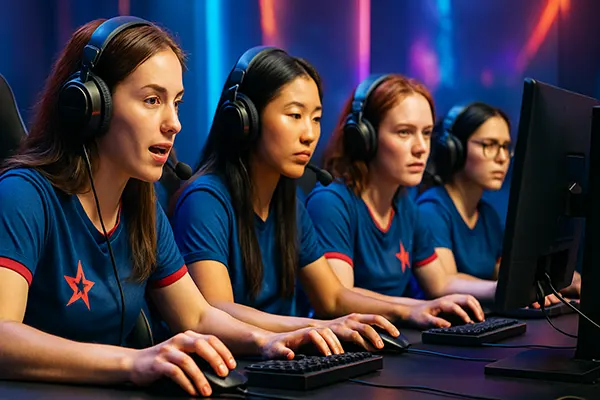
Long-Term Outlook for Women in Dota 2
Looking ahead, the trajectory for women in Dota 2 depends on sustained structural change and community involvement. Short-term victories, such as isolated tournament wins or media appearances, are not enough. What’s needed is a multi-layered approach that spans from youth development to professional inclusion.
Key elements for progress include more mixed-gender competitions, academy structures, and mental health support systems. Without addressing these foundations, the entry barrier for women remains unreasonably high. Accessibility must be improved at every level to ensure true inclusivity.
One of the most hopeful trends is the globalisation of the female Dota 2 scene. With interest growing in regions like Latin America, Eastern Europe, and South Asia, more young women are entering the competitive space. If these communities receive the backing they need, we could witness a future where female teams regularly challenge the Tier 1 hierarchy.
What Needs to Happen Next?
To see real change, organisers, sponsors, and audiences must treat women’s Dota 2 as seriously as the men’s scene. Equal prize pools, consistent streaming coverage, and regular events are essential. Token inclusion is not enough—what’s required is structural equity across the board.
Coaching and scouting departments must also be trained to identify and nurture talent regardless of gender. This may involve implicit bias training and internal policy revisions. The key is to create merit-based pathways that are equally accessible to all.
Finally, the narrative around women in esports must shift from novelty to normalcy. As more female players break through and their stories are told authentically, the barriers will weaken. Tier 1 may still be distant, but with each step, it becomes more reachable.

